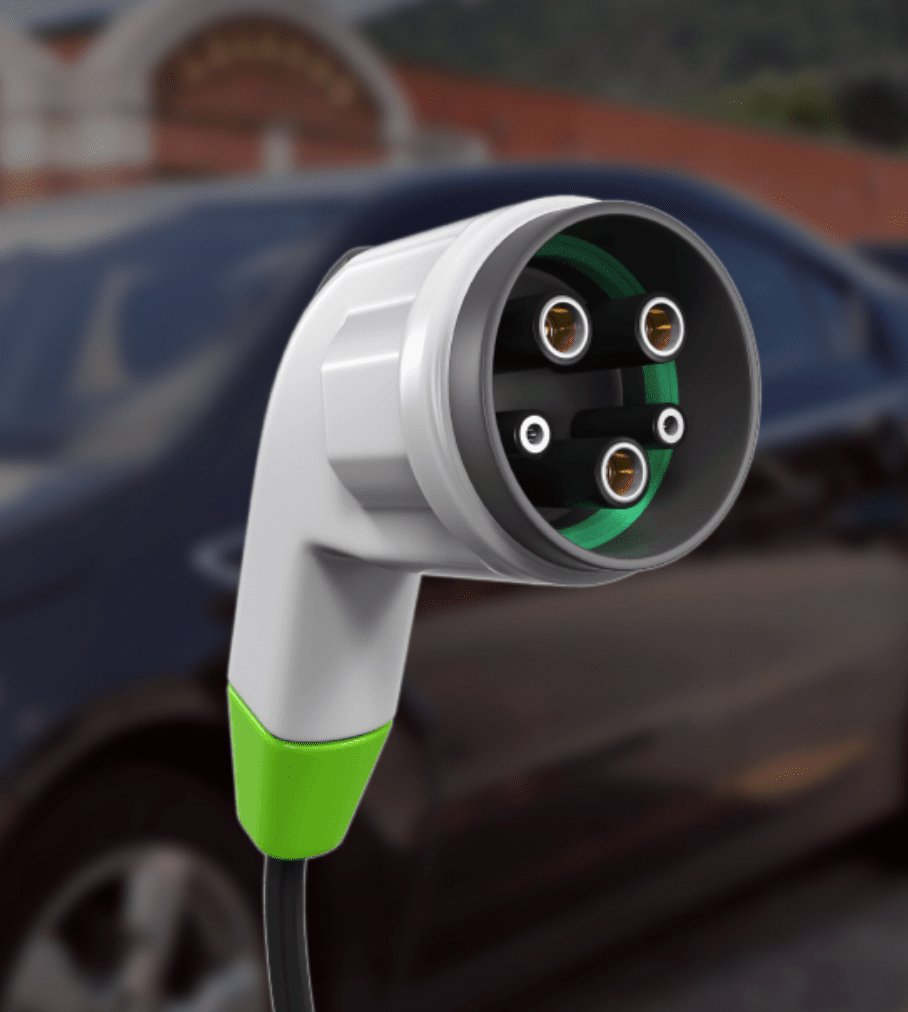How do renewables and energy efficiency work together?
Renewable energy is derived from natural processes that are regenerative over short periods of time and cannot be depleted. The most common renewable energy resources are biomass, geothermal, hydropower, solar, and wind.
Energy efficiency includes technologies (including passive solar), products, and services that reduce the amount of energy required for buildings, processes, or tasks. Find out more.
Put simply: A clean energy economy powered by both renewables and energy efficiency is the most sustainable energy planning scenario available.
North Carolina's Clean Energy Generation Mix
Hover over each electricity hotspot to learn more.

More About North Carolina’s Energy Mix
Digging Deeper
NCSEA utilizes a systemic approach to energy planning across different sectors. It is important to understand the different technologies and how they each contribute to our collective clean energy future. Below are the unique sectors represented in NC’s clean energy economy. We invite you to click on the icons to explore more:
The Stats on Clean Energy in North Carolina:
Numbers current as of 11/11/2022
27,379
Total Renewable Energy Systems
2M
Homes Powered by Renewable Energy
103,854
8,398MW
of Installed Renewable Energy Capacity
1,784
ENERGY STAR® Certified Buildings & Plants










